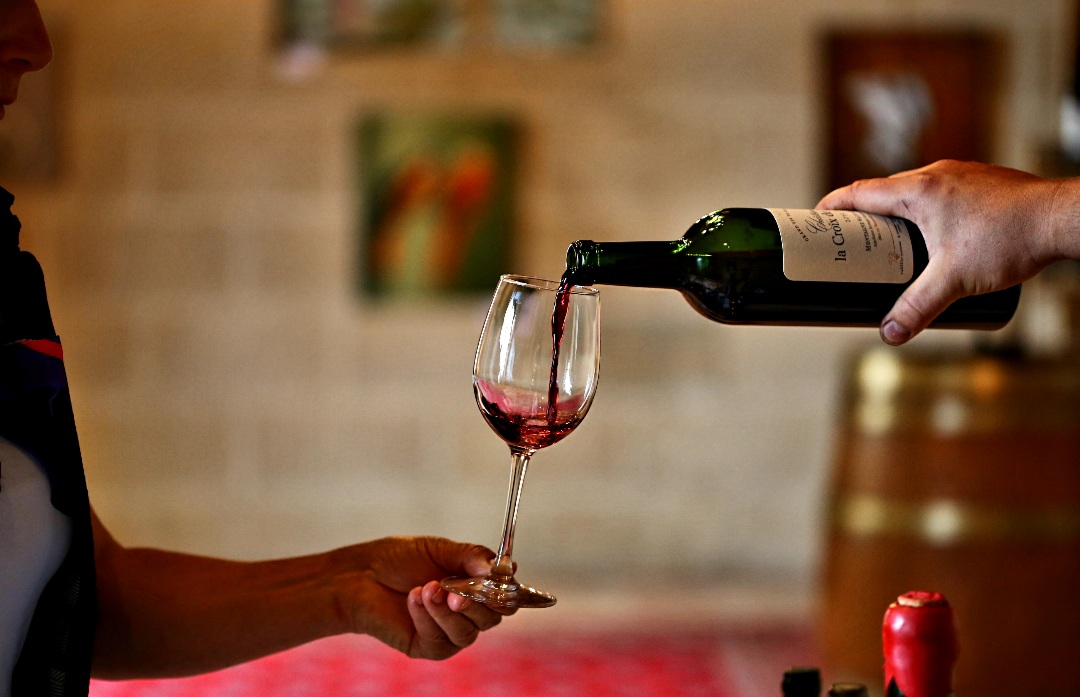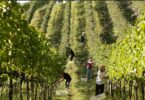The Wolf Post, supported by a Cultural Association, offers a professional service with free access, without subscription.
For this reason, a donation would also be a sign of appreciation for our work.
The AOC Lalande de Pomerol appellation is located a few kilometers from Bordeaux, in the Libournais region, separated from Pomerol by the Barbanne river, it extends over 1,200 hectares.
At the end of the 19th century the terrible phylloxera crisis raged which destroyed almost all the vineyards in the region. The agricultural and winemaking union of Lalande de Pomerol was born in 1884, with the aim of distributing the support funds allocated to the winemakers who were victims of the phylloxera that destroyed the vineyards in the 19th century. It was one of the first Denominations in Gironde.
Over time, the Denomination has promoted the quality of the vineyards and wine of our denomination. Not only. It is also a control and monitoring body for compliance with production conditions.
The roots of the Bordeaux vines plunge into the ancient seabed that formed an immense limestone plateau and was cut in three million years by the rivers that still flow there today.
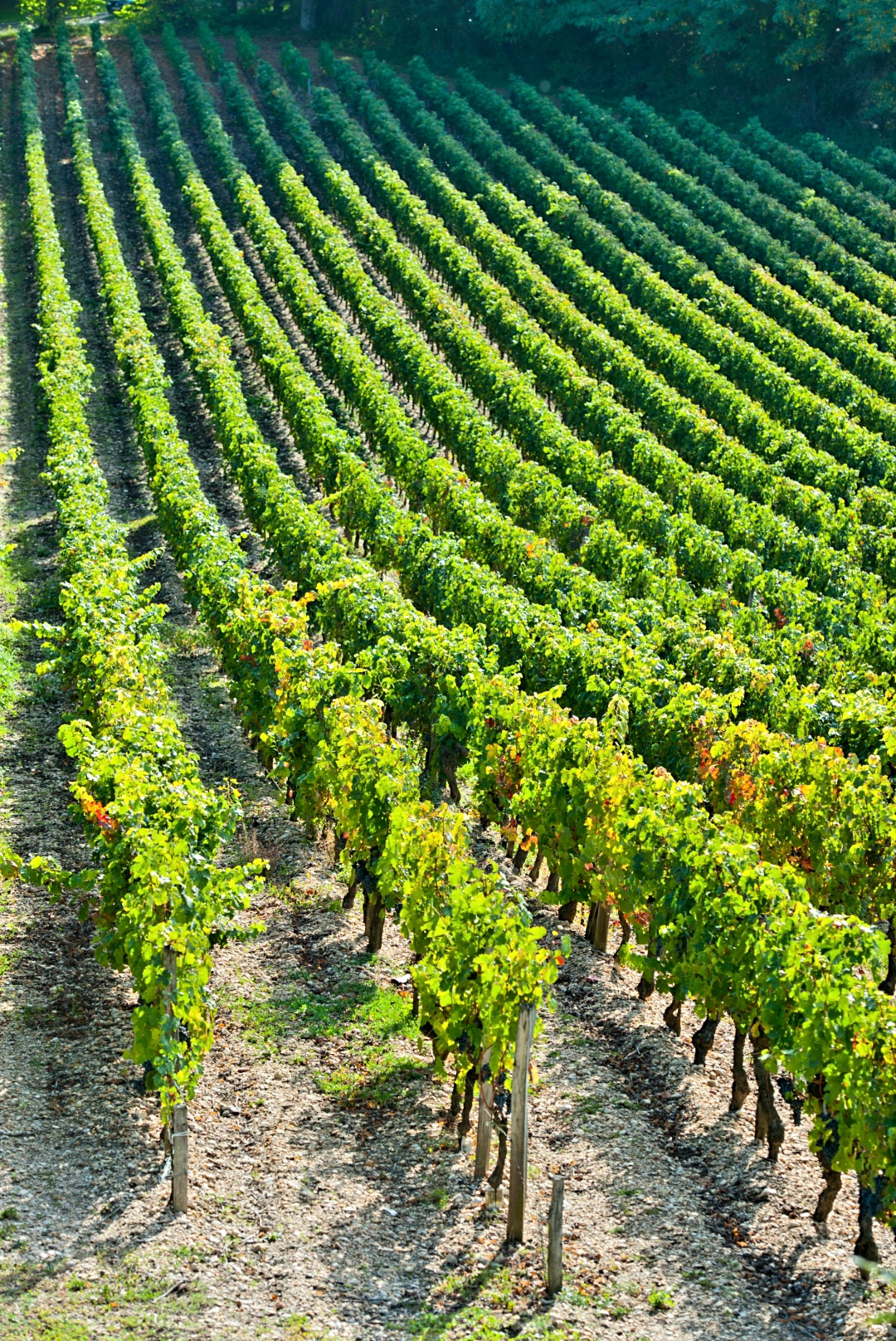
©AOC Lalande de Pomerol
These waterways brought with them a multiplicity of stones, pebbles and other sediments of various sizes, thus forming the terroirs of Bordeaux in general and the right bank in particular. Bringing with it the minerals of its homeland (the Dordogne of the Massif Central, the Garonne of the Pyrenees, etc.), and depositing the largest sediments first on its path, each of these rivers is at the origin of the superb diversity Wines Bordeaux.
Xavier Piton, president of AOC, tells the story and characteristics of this Denomination.
Since the birth of AOC Lalande de Pomerol, which objectives have been achieved and which remain to be achieved?
The cultivation of vines in Lalande de Pomerol is very ancient (probably dating back to the Roman conquest) and was particularly developed in the Middle Ages, by the Order of the Knights of St. John of Jerusalem, who set up a Commenda to welcome pilgrims on the road for St Jacques de Compstelle.
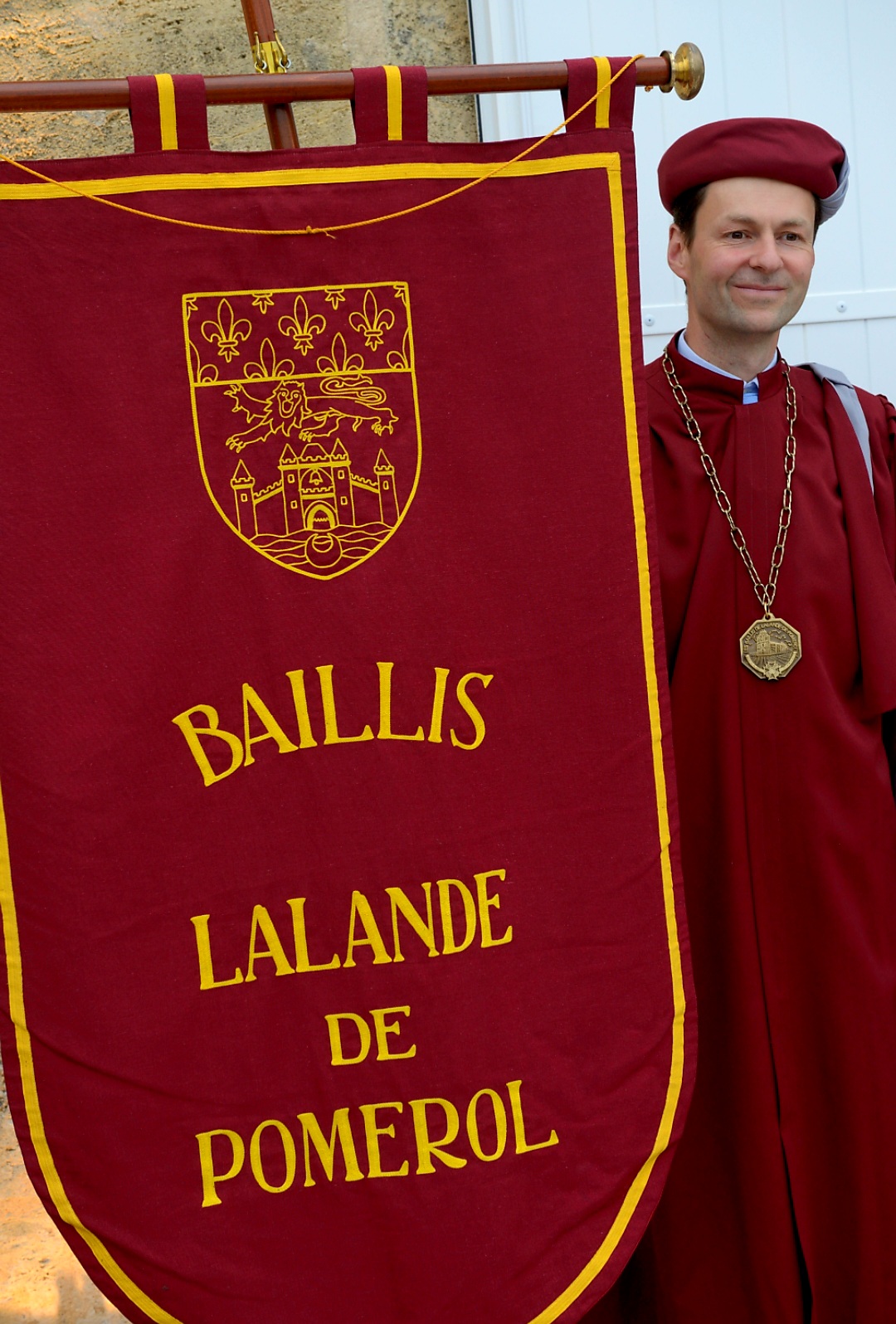
©AOC Lalande de Pomerol
From century to century, from generation to generation, the know-how and experience have been handed down, as well as the precise knowledge of the agronomic potential of our land. It is this ancestral know-how and this tradition of hospitality that have produced today’s winemakers, those who produce wines that are the link between the history of the terroir and the expectations of wine lovers.
It is, therefore, difficult to speak in terms of objectives to be achieved, if not to maintain this continuity, and to highlight the achievements of the past, adapting to new needs, integrating innovative techniques, preserving our precious environment, while continuing to explain this close link. that binds the winegrower to his land.

©AOC Lalande de Pomerol
What are the peculiarities of the territory and its wines?
Among the denominations of the right bank, it has often been agreed to distinguish two main types of soil: clayey-calcareous (mainly St Emilion, Satellites and Fronsac) and gravelly and sandy (mainly Pomerol and Lalande-de-Pomerol). However, the weight of history has often been stronger than geology and the denominations are far from homogeneous from this point of view. In particular for Lalande-de-Pomerol we have a succession of small variations, from East to West (from St Emilion to the Island valley) and from North to South (from Montagne-St-Emilion to the Barbanne and Pomerol valley) without there is a sudden break from one storyline to another. To this, add that the estates often consist of several discontinuous plots.
Each part has, therefore, different particular characteristics, and it is the winegrower’s art to highlight them to ultimately constitute the signature of his wine, necessarily unique and different from its neighbor. I like to evoke the mosaic to illustrate this: many small pieces of stones of different nature and color, of different sizes, but which are wisely arranged and associated make up a harmonious picture.
Add to this the blend of our different grape varieties (often dominant Merlot, Cabernet Franc, Cabernet Sauvignon, sometimes a little Malbec). The wines are, therefore, more often than not complex and long, of good depth, combining fruity aromas and bouquets (small red and black fruits typical of Merlot) with more mineral notes on the finish. Elegance more often than not takes precedence over power.
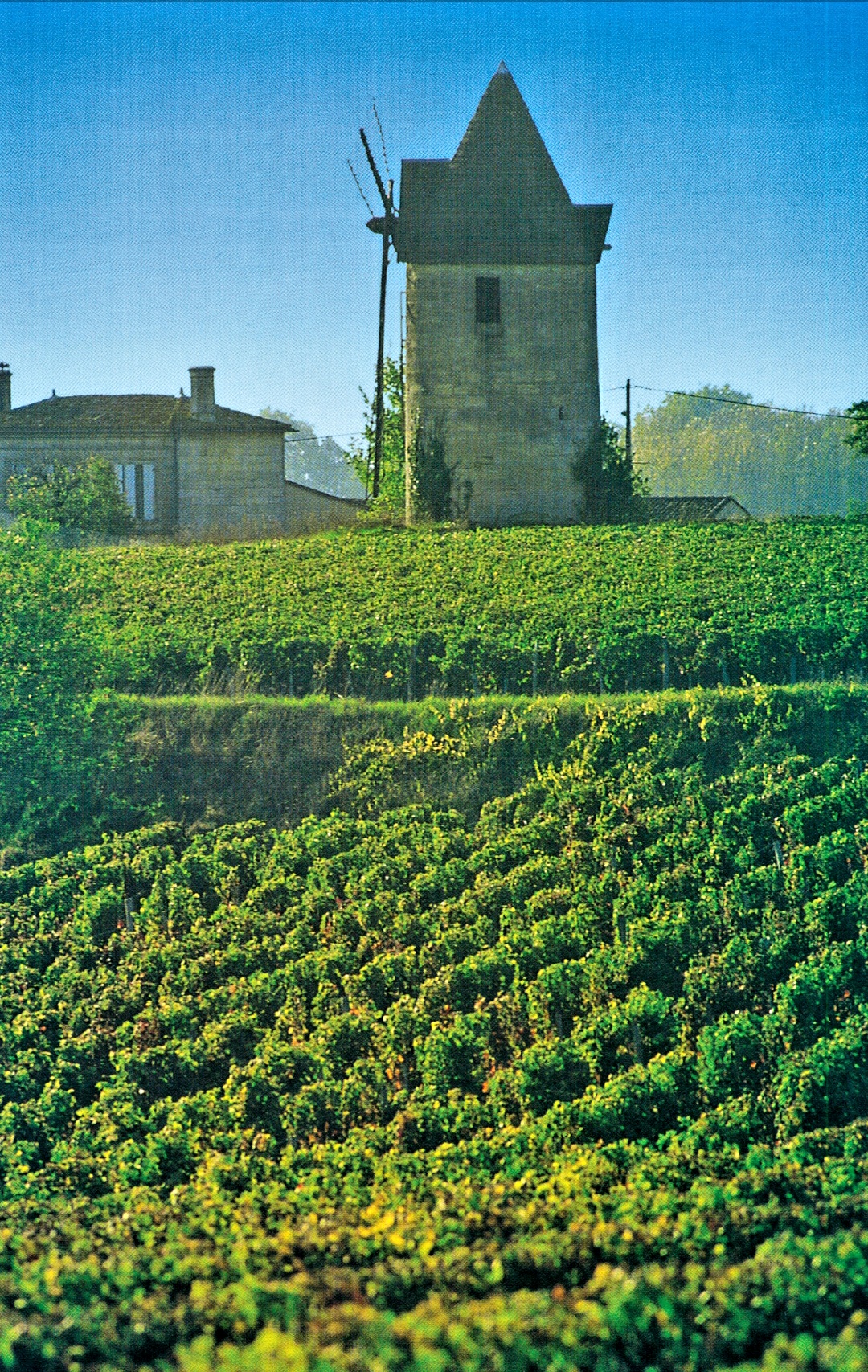
©AOC Lalande de Pomerol- Moulin Vigne
Through which services/activities do you promote the wine region?
The promotion of our wines is ensured at different levels: obviously collectively with the other Bordeaux vineyards through the actions of the Interprofessional Council of Wines of Bordeaux (CIVB: association of traders, intermediaries and producers), the Grand Council of Wines of Bordeaux (GCVB : association of the various Bacchic brotherhoods of Bordeaux) and the Federation of Great Wines of Bordeaux (FGVB: brings together all the wine associations of the AOC Bordeaux). Major events such as “Bordeaux Fête Le Vin”, press reception, media communication campaigns …
Then, at a regional level within the Groupe Organique St-Emilion-Pomerol-Fronsac (association of the Left Bank denominations) with promotional trips abroad.
And, above all, within the Syndicat Viticole de Lalande de Pomerol, of which I have the honor of presiding: we organize open days, numerous tastings for French and foreign journalists, as well as for wine professionals (wine merchants, restaurateurs), but we are above all a support to the direct action of our producers, because we are fortunate to have very dynamic winemakers on a commercial level who participate in many wine fairs.
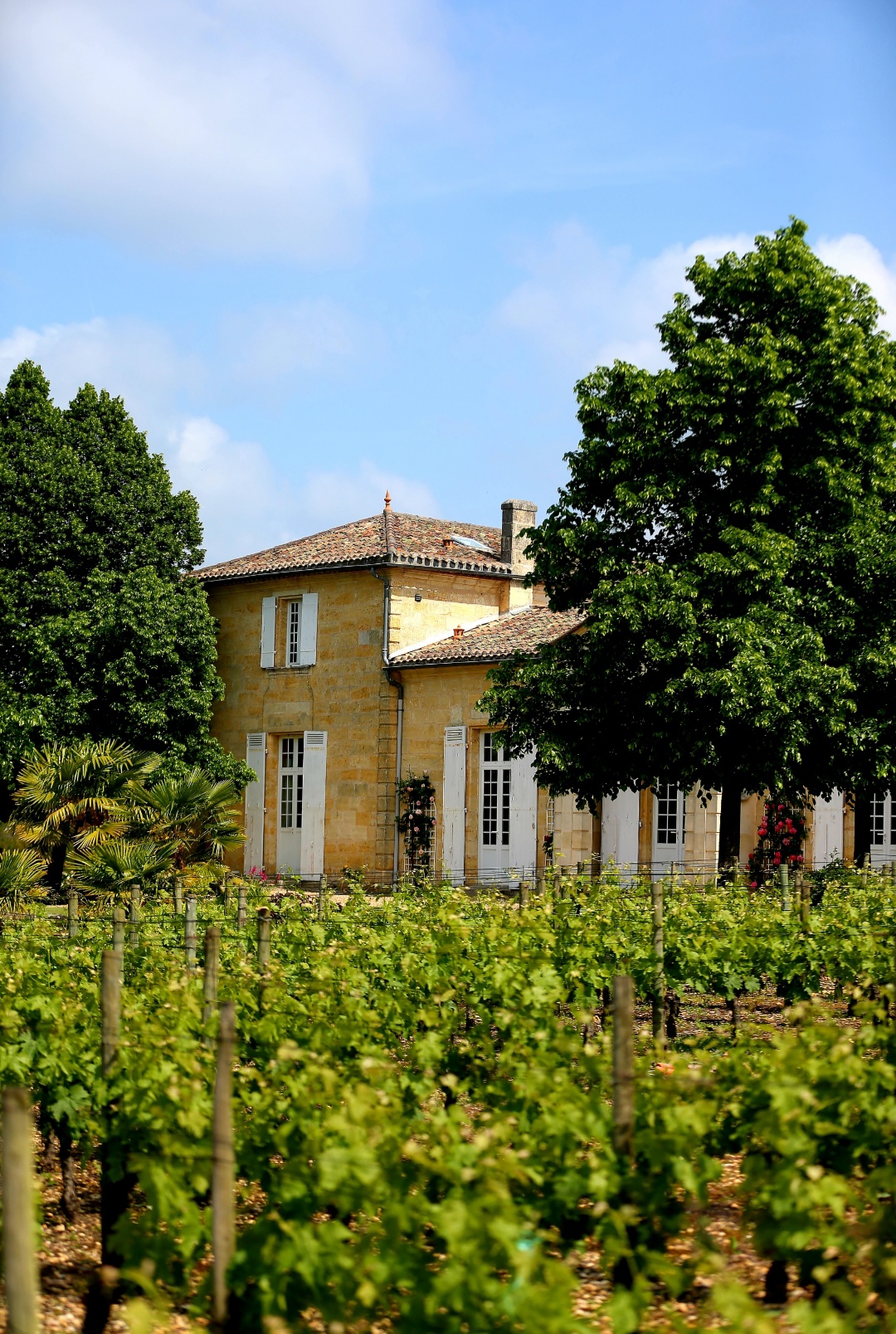
AOC Lalande de Pomerol- Belles Graves
Why are AOC Lalande de Pomerol wines so special?
Let’s not forget that the most important thing is direct contact with our customers and visitors. We remain attached to our historical values of hospitality and closeness, we like to remember that with us being takes precedence over appearance, a bit far from the “clichés” of the great Bordeaux castles or the Grands Crus Classés. Here, no classification, it is the visitor, the wayfarer, (the pilgrim!) Who will make his own experience and form his own judgment with a glass in his hand, at the entrance to the cellar or at the end of a row, with the winemaker.


